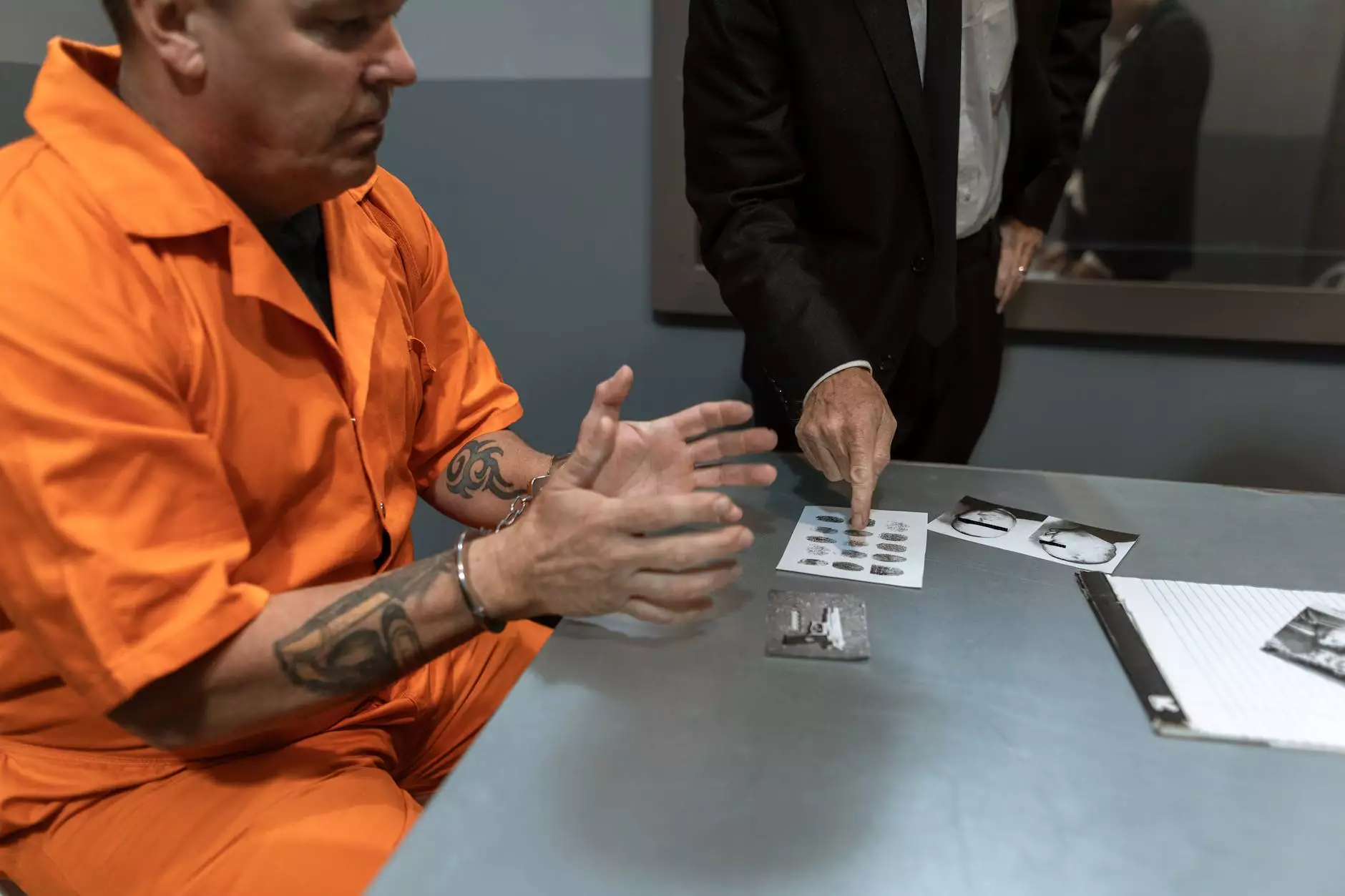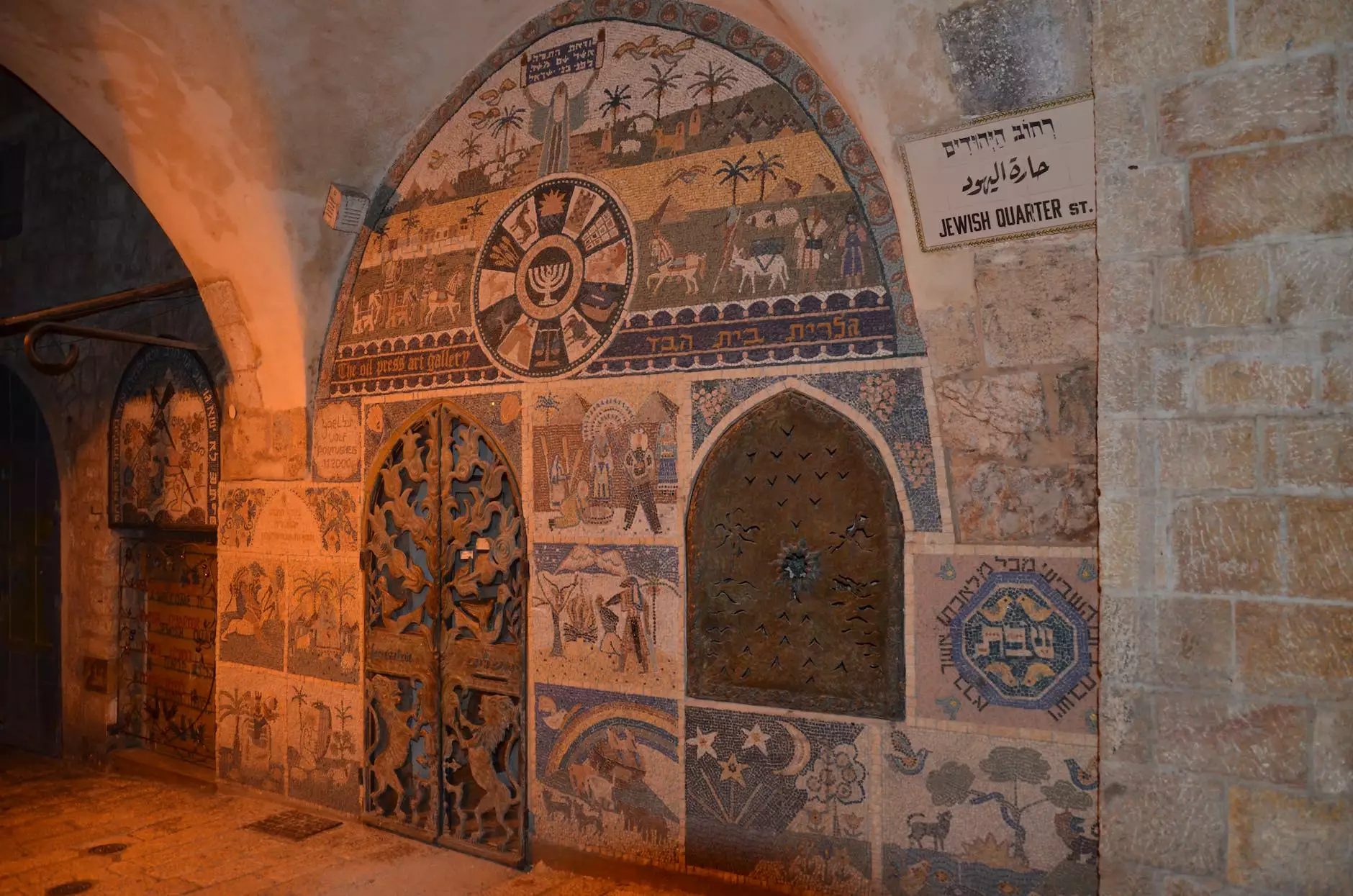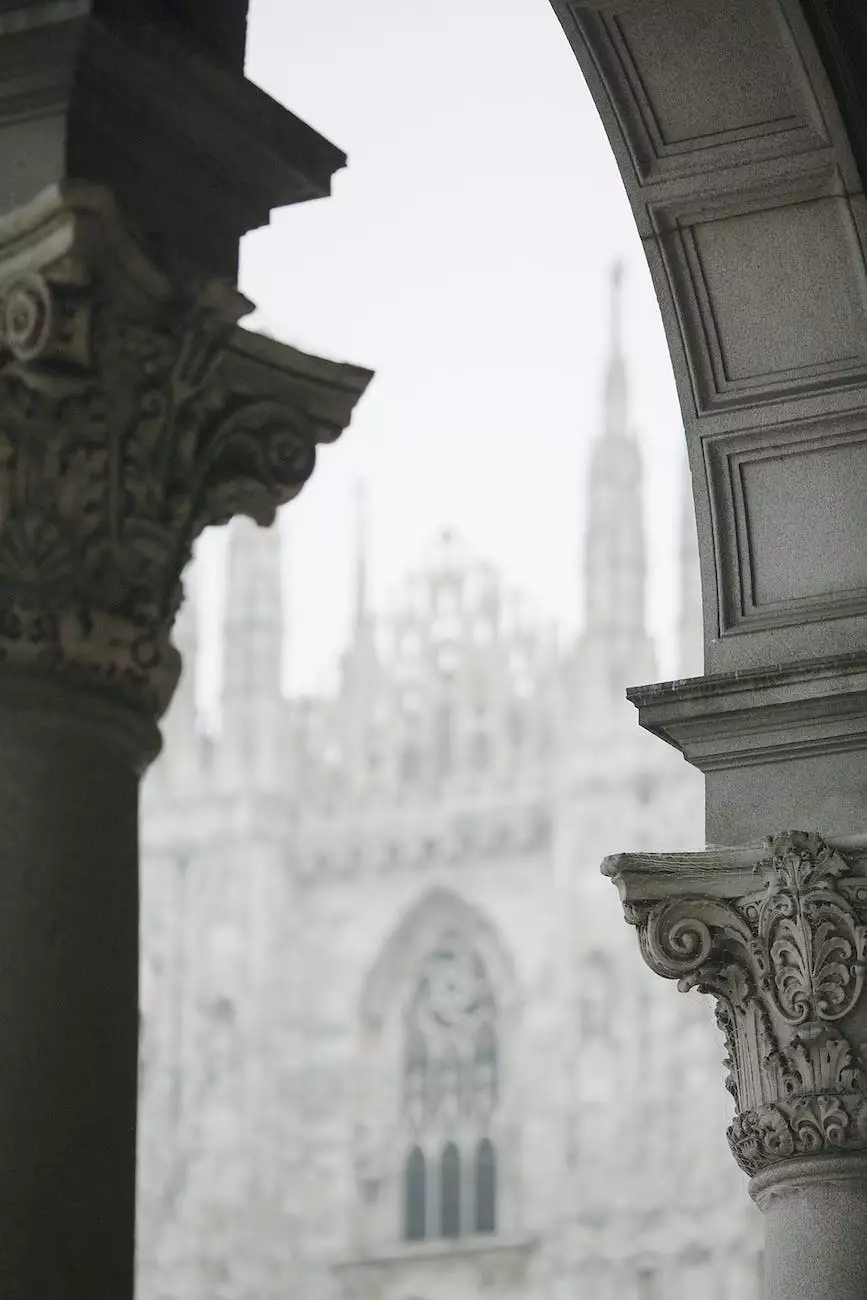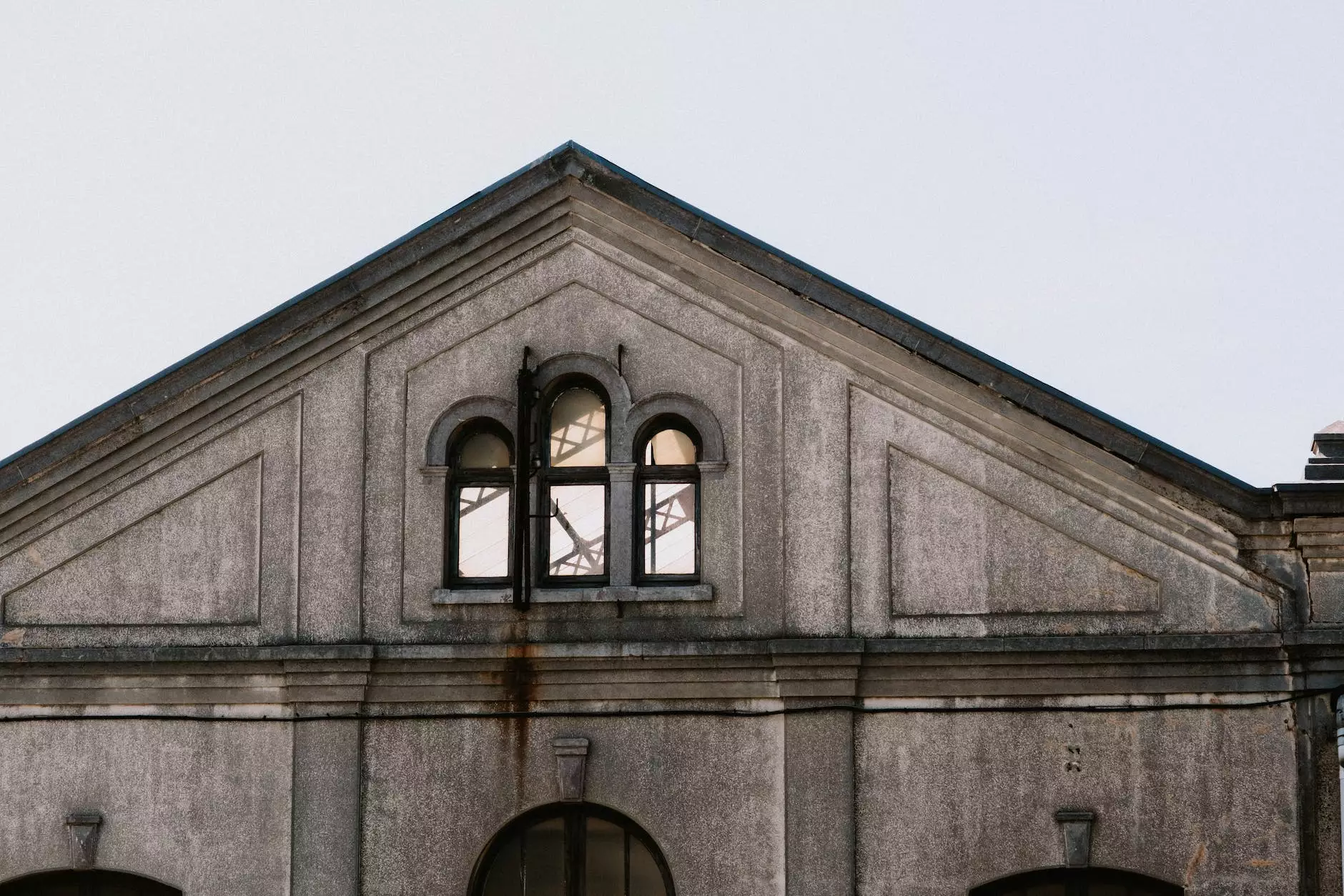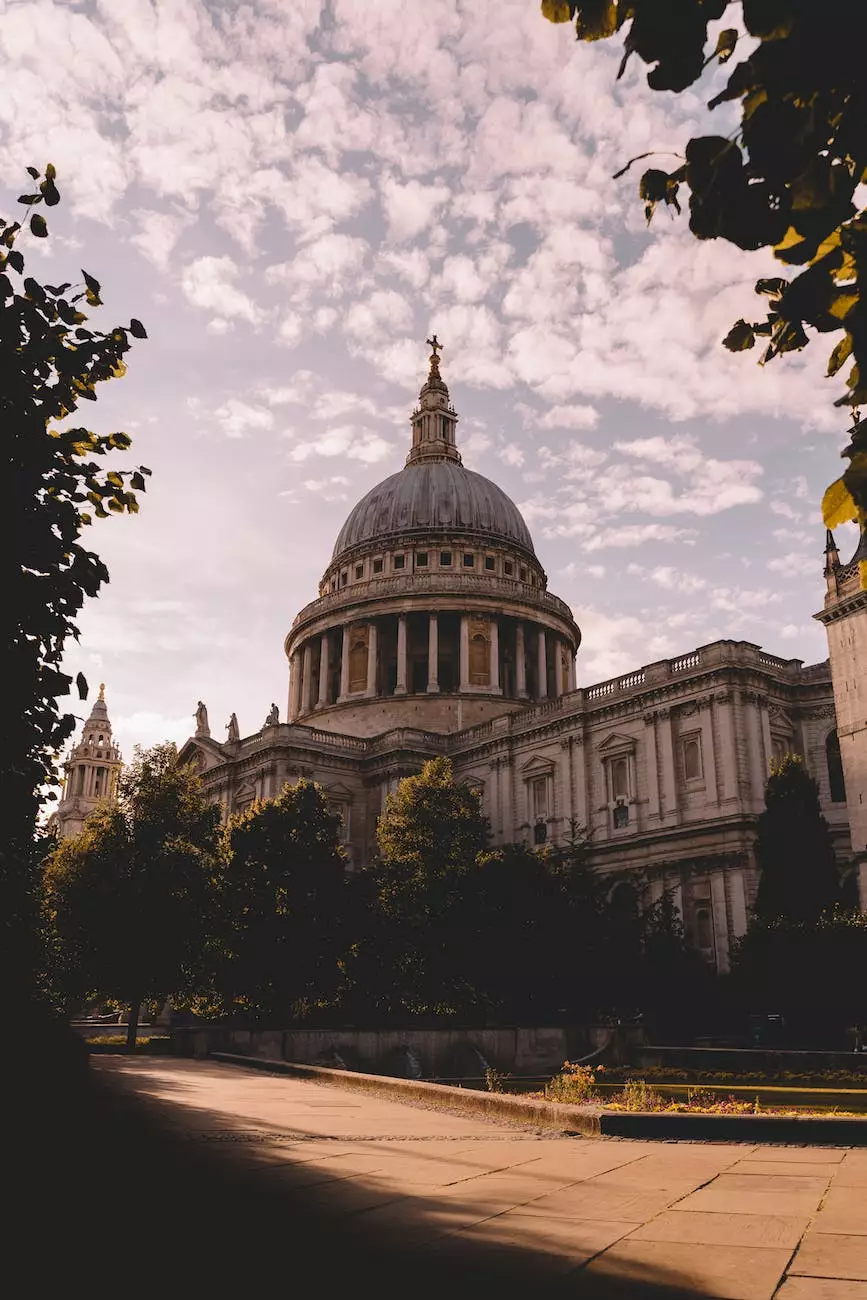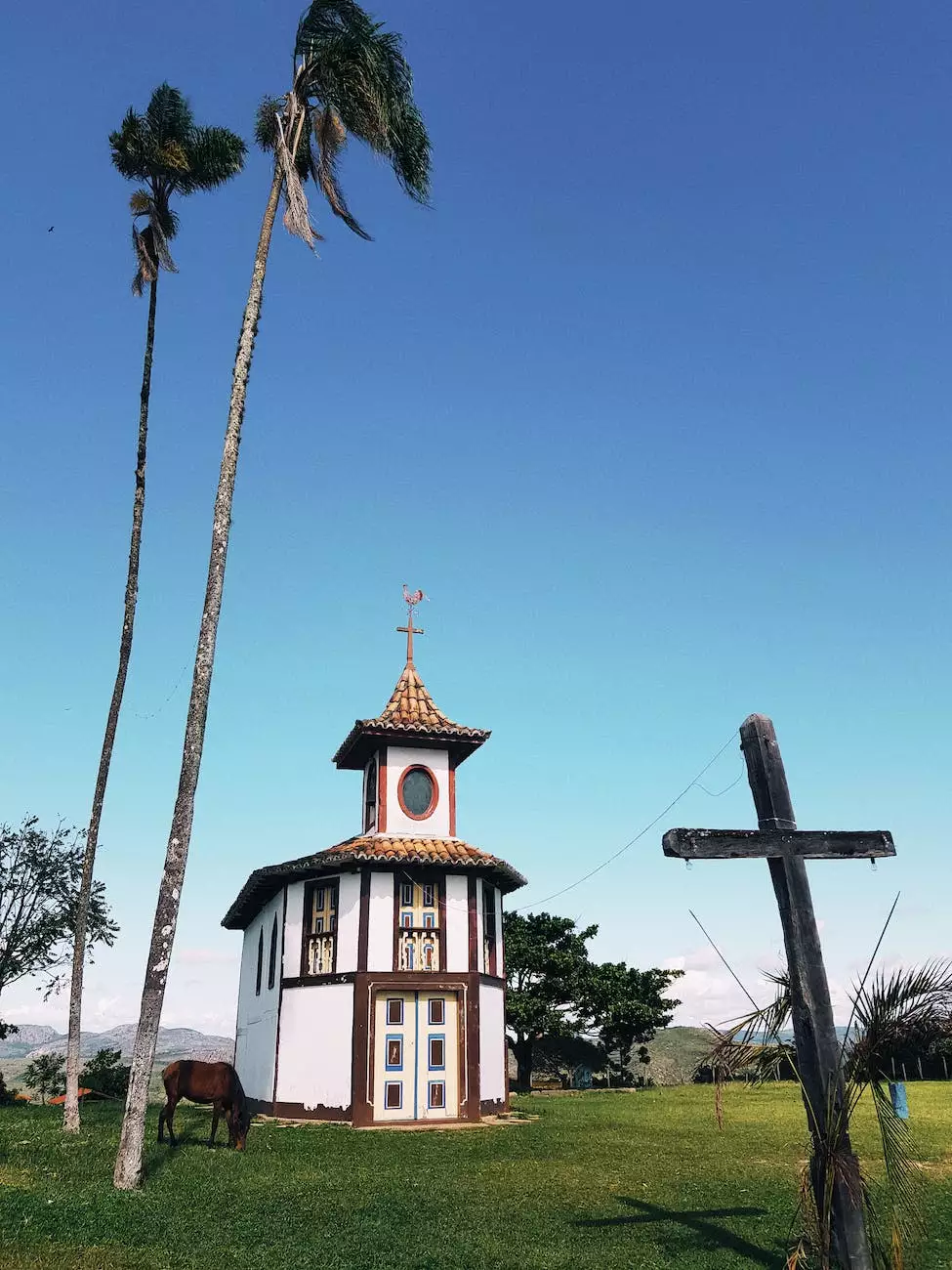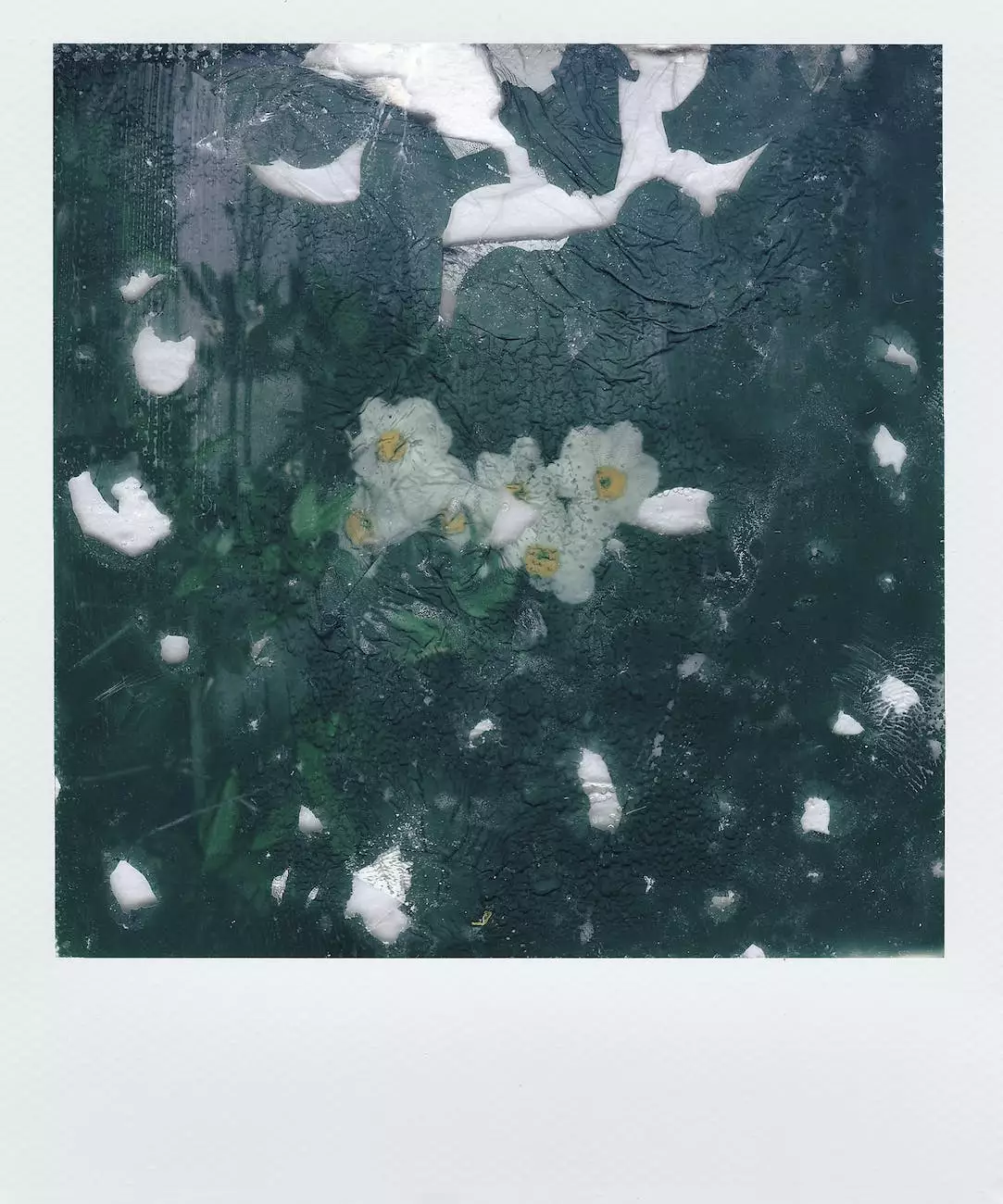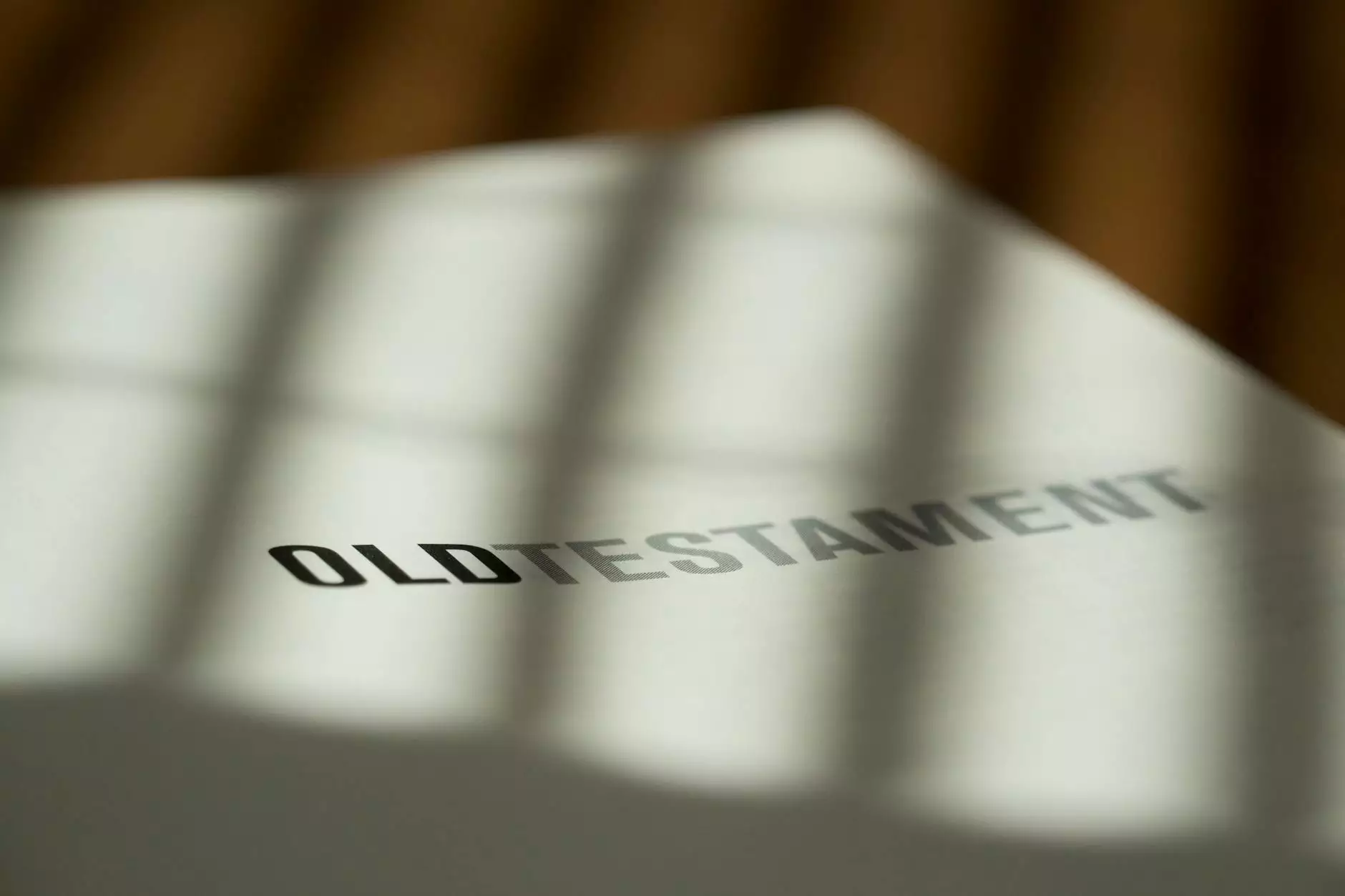Symbolism in the Tabernacle
Sermons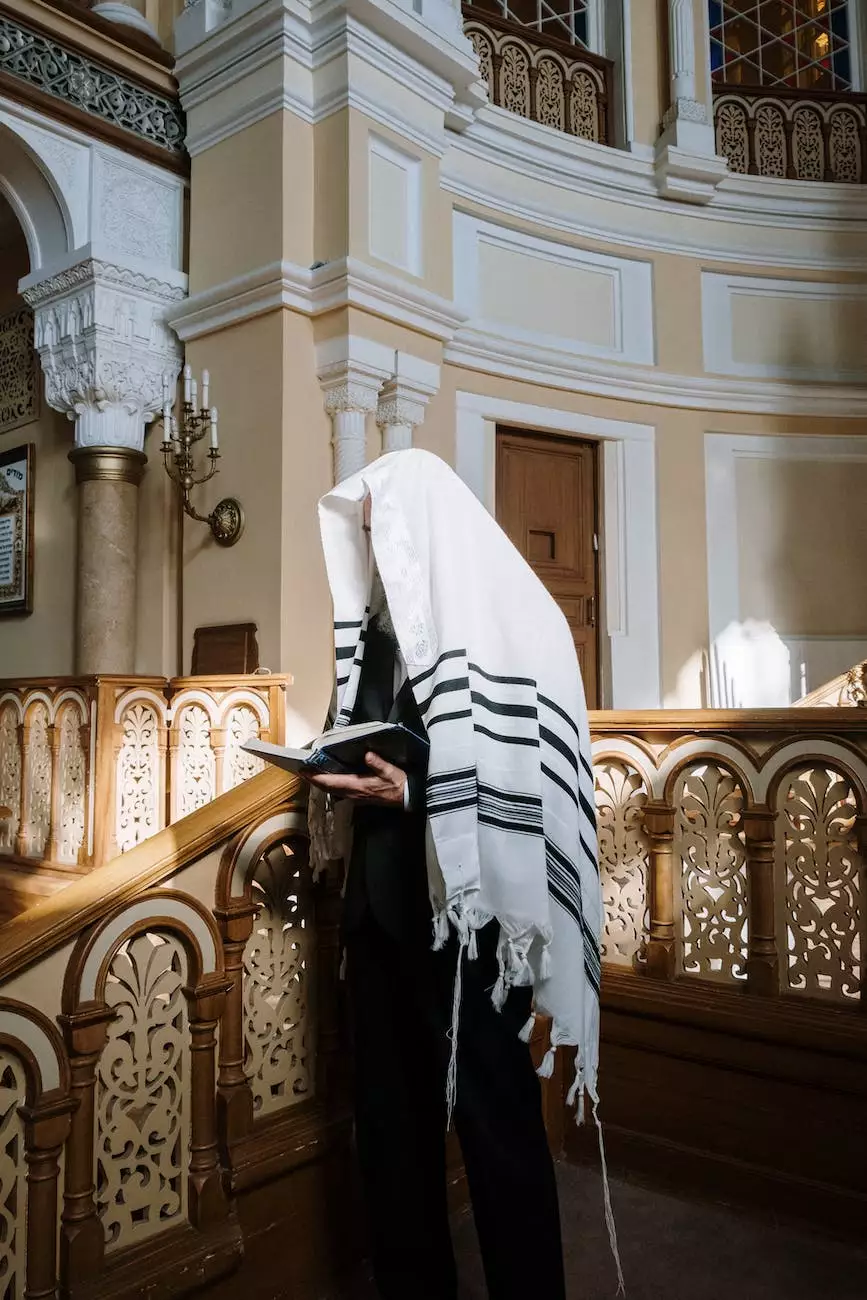
Welcome to Reno Remnant Church's page dedicated to exploring the profound symbolism found within the Tabernacle, a significant place of worship mentioned in the Bible. Join us on this fascinating journey as we delve into the intricate details and deeper meanings associated with this remarkable structure.
The Tabernacle: A Divine Dwelling Place
The Tabernacle was a portable sanctuary described in the Book of Exodus, which served as a meeting place between God and the ancient Israelites. It embodied the presence of God and symbolized His desire to dwell among His people. Every aspect of the Tabernacle was meticulously designed with profound symbolism, reflecting spiritual truths and foreshadowing future events.
The Outer Courtyard: A Place of Cleansing and Sacrifice
The Tabernacle's outer courtyard, enclosed by a linen fence, represented the boundary between the holy and the secular. It symbolized the need for purification and repentance before approaching God. The altar of burnt offerings, located in the courtyard, was where sacrificial offerings were made to atone for sins, foreshadowing the ultimate sacrifice of Jesus on the cross.
The Holy Place: A Realm of Worship and Encounter
Passing through the entrance of the Tabernacle, one would enter the Holy Place—a sacred chamber accessible to priests only. This inner space consisted of three prominent components: the golden lampstand, the table of showbread, and the altar of incense.
The Golden Lampstand: Illumination and Revelation
The golden lampstand, made of pure gold, symbolized the light of God's divine presence. It had seven branches, each adorned with a lamp. This lampstand represented the revelation of God's truth, wisdom, and guidance. It foretold the coming of Jesus, the Light of the World.
The Table of Showbread: Sustenance and Fellowship
The table of showbread, located across from the lampstand, held twelve loaves of bread arranged in two rows. These loaves were made of fine flour and represented the sustenance provided by God. They also symbolized the fellowship between God and His people, foreshadowing the spiritual nourishment we receive through Jesus, the Bread of Life.
The Altar of Incense: Prayers and Intercession
At the center of the Holy Place stood the altar of incense, where fragrant incense was burned daily. This symbolized the prayers and intercession of God's people, ascending to Him as a pleasing aroma. It represented the intimate communion between humanity and the Divine, illustrating the power of prayer and the high priestly role of Jesus Christ.
The Holy of Holies: The Holiest Encounter
Concealed behind a thick veil, the Holy of Holies was the innermost chamber of the Tabernacle. This sacred space housed the Ark of the Covenant, a symbol of God's presence. Only the high priest could enter the Holy of Holies, and only once a year on the Day of Atonement.
The Ark of the Covenant: God's Visible Presence
The Ark of the Covenant, made of wood overlaid with gold, contained the stone tablets of the Ten Commandments, Aaron's rod, and a jar of manna. It symbolized the tangible presence of God among His people. The cover of the Ark, known as the Mercy Seat, represented God's throne of grace and served as a place of atonement.
Conclusion: A Profound Sign of Faith
The Tabernacle, with all its intricate details and symbolism, reveals God's desire for a deep and meaningful relationship with humanity. It foreshadows the coming of Jesus Christ, who fulfilled these symbols and became the ultimate sacrifice and mediator between God and humanity.
At Reno Remnant Church, we invite you to explore the rich symbolism in the Tabernacle and discover the spiritual significance it holds. Join us in worship and fellowship as we deepen our understanding of God's Word and seek to live out the profound truths represented by the Tabernacle.

